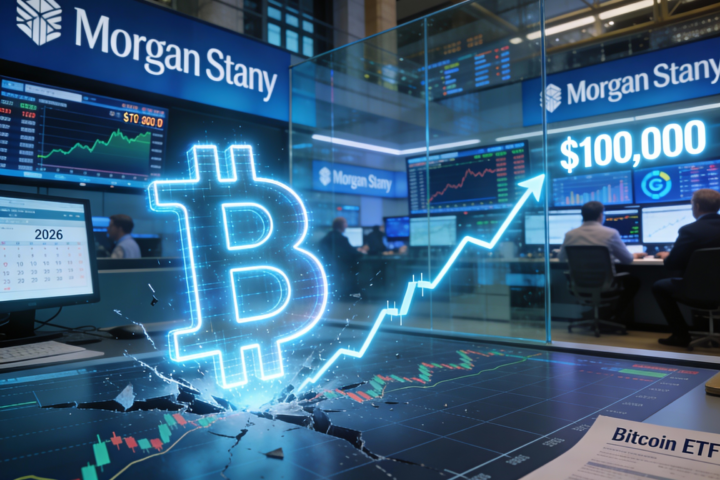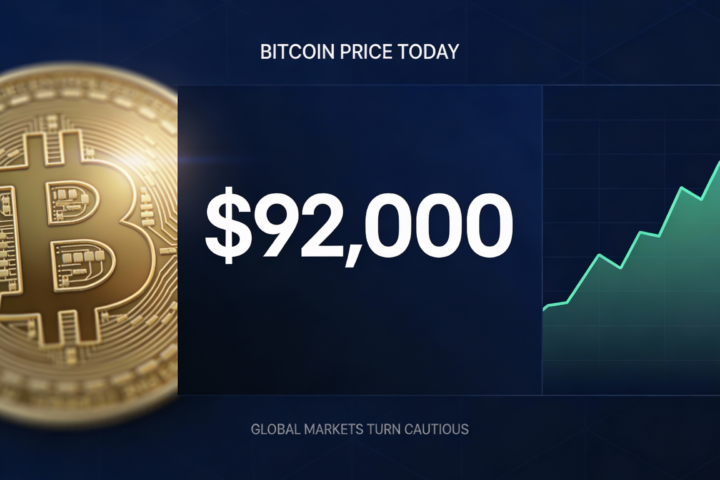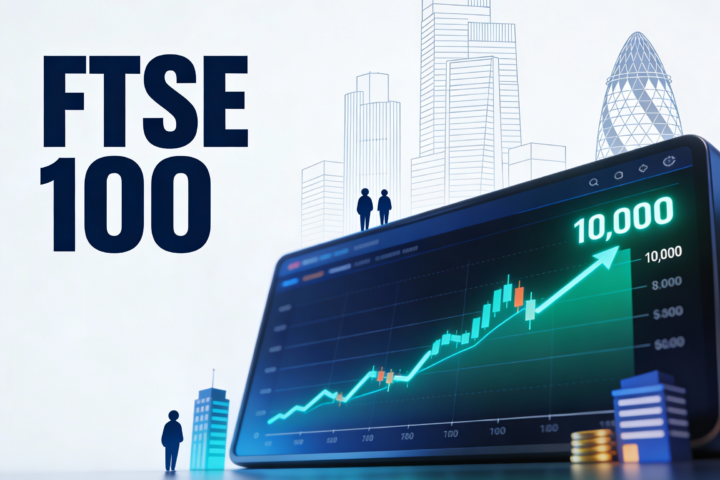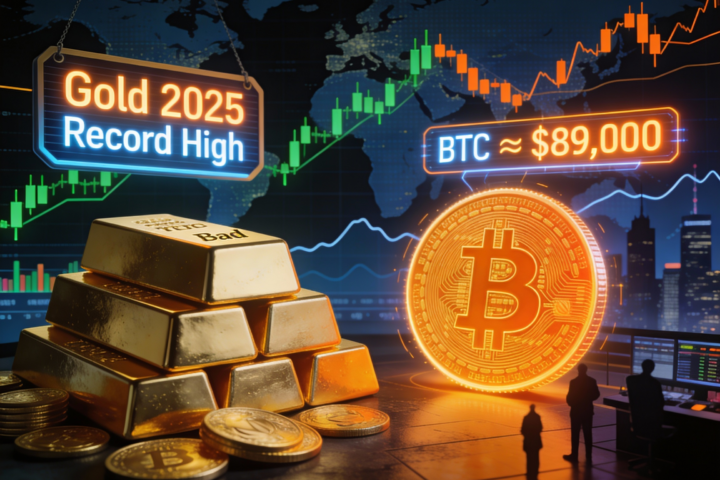When did the Federal Reserve make its move? On September 17, 2025, the U.S. central bank cut interest rates by 25 bps (that is, 0.25%) — the first rate cut since December 2024 — setting the target Federal Funds rate to a range of 4.00%–4.25%. This rate cut by 25 bps marks the official start of a monetary easing cycle, amid growing signs of slowing employment and economic growth.
Why “Federal Reserve Rate Cut 2025” Matters
The term Federal Reserve rate cut 2025 is quickly trending because markets are repositioning: bond yields are adjusting downward, equities are hunting for catalysts, and crypto ETFs are again being discussed as viable institutional vehicles. The 25 bps cut doesn’t just lower borrowing costs — it signals a shift in policy stance. Chair Jerome Powell remained cautious, emphasizing that inflation remains sticky and that future cuts will be data-dependent.
Analysts are pointing out that one Federal Reserve member, Stephen Miran, dissented, preferring a larger 50 bps setback. That dissent underscores tension over how aggressively monetary policy should ease. Reuters+1
Market Reactions: Bonds, Equities & Crypto
- Bonds: U.S. Treasury yields fell on short maturities, while longer-rates partially rose, flattening yield curves. Investors are trying to price in two or more future rate cuts by end-of-year.
- Equities: Initial gains post-announcement were muted. Markets seemed to have expected a cut, so the surprise element was low. Some sectors — like growth tech and infrastructure — showed stronger performance.
- Crypto & ETFs: With the Federal Reserve rate cut 2025, investors are reigniting interest in crypto ETF 2025 approvals. Bitcoin, XRP and other major altcoins saw upward momentum, as regulatory paths for spot ETFs look more likely. Stablecoin liquidity also increased on expectations of more accommodative policy.
Global & Institutional Flow Effects
Outside the U.S., the ripple effects are immediate:
- The Hong Kong Monetary Authority mirrored the rate cut with its own 25 bps cut to its base rate, aligning given the HK dollar’s peg to USD. Reuters
- In India, the rupee weakened to below 88/USD, despite domestic equities ending modestly higher. Bond yields in India rose slightly.
- Institutional investors are now looking more seriously at real assets — infrastructure, renewable energy, private credit — as fixed income returns shrink. Programs by BlackRock and asset managers to redirect flows into long-duration, inflation-protected assets are accelerating.
Risks & What to Watch
- Inflation Persistence: Though the Fed cut rates, inflation remains above target (~2–3%), especially in food, housing. If inflation doesn’t fall, tighter policy may need to return.
- Labor Market Weakening: Job growth has slowed, unemployment edging up. The Fed flagged this as a key reason for the ease. But too much weakness could trigger negative sentiment.
- Global Spillovers: Currency volatility, capital flows into emerging markets may strain some economies. Debt servicing costs could rise for companies with dollar exposure.
The Federal Reserve rate cut 2025 by 25 bps is not just a statistical shift it’s a trigger. Markets have long awaited this signal. With bonds, equities, crypto ETFs, and institutional investors all adjusting to a new rate environment, the financial landscape is being reshaped. This cut lays the groundwork for future easing, but with caution; inflation and labour data will determine how aggressive that easing will be.
Stay tuned with DF Media for daily insights as we trace how the rate cut by 25 bps unfolds from markets to macro decisions, and where capital moves next.







